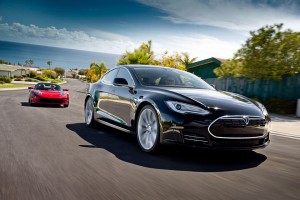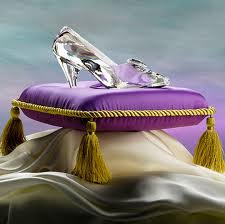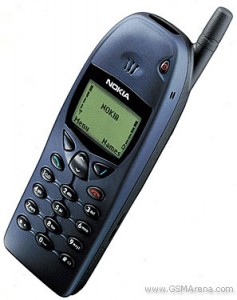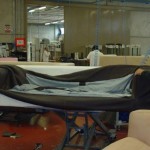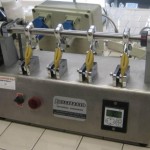When working on a project to launch a new product a risk plan is put together as we’ve discussed. It’s known that Mother Nature, the economy and government regulations could be hard to forecast and thus could change your plans dramatically.
You do your best to put appropriate plans together to plan for these scenarios, but what do you do when the unthought of happens?
In April of 2011, P&G announced it was going to introduce an entirely new way to wash clothing — Tide Pods. A concentrated individually packaged detergent which removes stains and cleans better than traditional detergents according to their testing. They were planning to spend $150 million on marketing and launch in September of last year, hoping for first mover advantage. Then they announced a six month delay to launch the product earlier this year. Meanwhile Purex, All and Arm & Hammer have had time to perfect their products and launch at the same time. When P&G finally released the product to retailers, they faced supply issues and could only supply enough products for shelf displays, and not off shelf promotional spaces which increase awareness for new products.
Retailers are upset, and P&G is blaming the complicated new production process. Investors are already frustrated believing that P&G is lacking the innovation they once had (they’re moving their personal care HQ from Cincinnati to Singapore in an attempt to jump start that business).
Then once the product finally hit the shelves, parents are finding their children eating the product thinking it’s candy, causing severe side effects and sending children to the ER. P&G has said they’re now going to put a better locking mechanism on the fishbowl container which houses the bright colored pods.
Chicago was a key market for the launch of these products so you may have seen the advertising including CTA station dominations as shown below.
Have you tried the product? Does it live up to P&G’s hype? What could they have done differently to try to alleviate some of these issues (or foreseen them)? And if this can happen to a CPG leader like P&G, is there hope for the rest of us?
http://adage.com/article/news/p-g-reinvents-laundry-150-million-tide-pods-launch/227208/
http://adage.com/article/news/delays-put-laundry-titan-tide-defensive-300m-pod-war/232116/
http://news.yahoo.com/tide-change-pods-lid-amid-child-safety-concerns-165556333–sector.html


